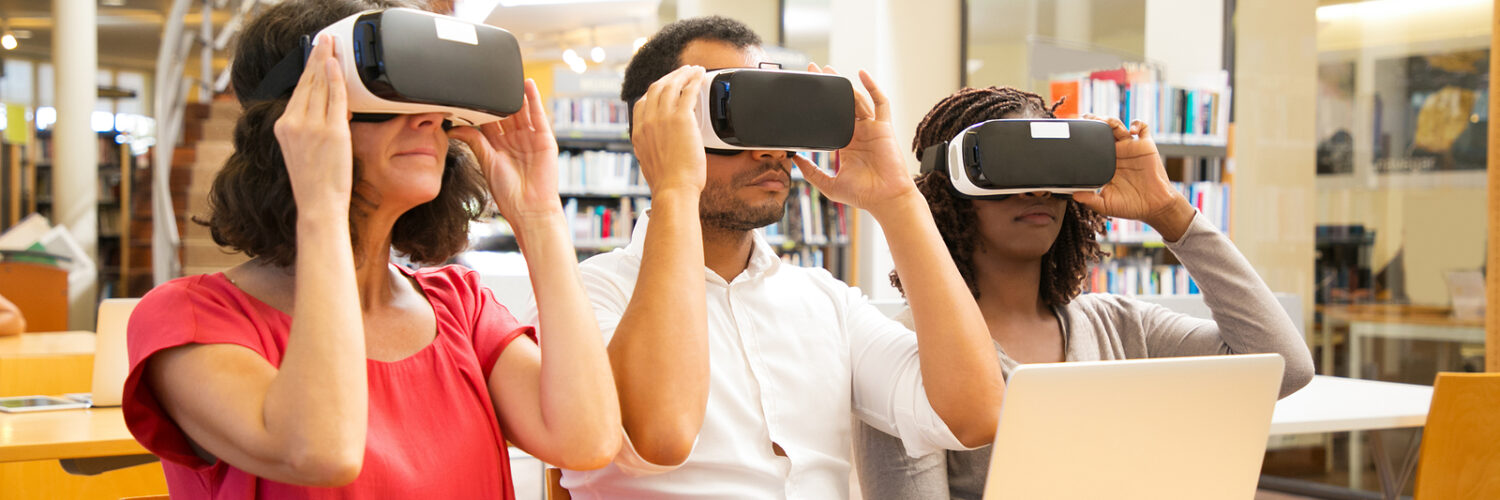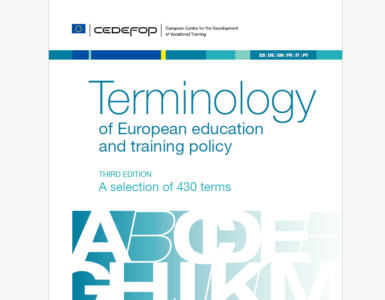by Vivian van Laarhoven & Lieve Van Cutsem, UCLL, Belgium.
It’s not always necessary to use complex VR setups and applications to create a meaningful impact in education. In this article, Vivian van Laarhoven, an expert in audiovisual learning technologies, and Lieve Van Cutsem, a lecturer in social readaptation sciences, share their experience of developing an educational package in collaboration with students. The centerpiece of this package is a 360° VR video that allows viewers to step into the daily life of someone with both intellectual and physical disabilities.
Telepresence, the true power of VR
Why would you choose 360° VR over a regular video? Why make things difficult when they can be easy? To answer this question, it’s important to start with the unique characteristic of virtual reality: telepresence. Telepresence is a state of consciousness that involves feeling mentally present in a virtual environment . The question is what effect telepresence has on the viewer. Slater and Wilbur suggest that a viewer’s behaviour in a virtual environment corresponds to the behavior they would exhibit in real life . According to Dooley, this is because the immersive nature of VR demands it. Immersion allows the viewer to form intimate relationships with the characters in the film. The proximity of characters is a tool that VR makers use to elicit emotional responses from the viewer. The presence of characters close to the camera leads to increased emotions in the viewer . According to Dooley, the power of virtual reality lies in its ability to evoke empathy in the viewer.
“Considering these features of the CVR experience—of viewer immersion into a real-time scene with which they can interact—I would suggest that perhaps the most powerful aspect of this new medium is its ability to foster empathy. While traditional media consists of a series of shots constructed to create an empathic viewer response […], a CVR experience draws upon other tools to engage the viewer in an emotional journey.” (Dooley 2021, 38)
Telepresence & learning
Because 360° VR can create telepresence through immersion, you can give students more than ever the chance to immerse themselves in a certain world. Research has shown that 360° VR can be a powerful tool for eliciting an emotional response from the viewer due to the proximity of characters. Chris Milk, maker of virtual reality documentaries, called virtual reality the ‘Ultimate Empathy Machine’ in his 2015 TED Talk. In his presentation, he emphasised that this ‘machine’ is capable of creating empathy through telepresence and thereby connecting people with each other. And it is precisely that empathy and connection in which Lieve Van Cutsem was interested.
“It’s a machine, but inside of it, it feels like real life, it feels like truth. And you feel present in the world that you’re inside and you feel present with the people that you’re inside of it with.[…] It connects humans to other humans in a profound way that I’ve never seen before in any other form of media. And it can change people’s perception of each other. […] So, it’s a machine, but through this machine we become more compassionate, we become more empathic, and we become more connected.” (Milk 2015)
An educational package with impact
Lieve Van Cutsem is a lecturer at the UCLL in the graduate and bachelor Welfare Programme and immediately saw potential in the use of 360° VR in her classes. Lieve and Vivian are currently working on a 360° VR video that allows viewers to step into the daily life of someone with both intellectual and physical disabilities. With this experience they want to give insight into the lives of people with intellectual and physical disabilities, increase empathy towards those people and make students think about what they can change as citizens and as future professionals.
Of course this 360° VR video doesn’t stand on its own. In order to create true impact, the idea was to create an educational package by and for students in the Welfare Programme. Together with her students in social cultural work, Lieve works on an entire educational package about people with an intellectual and physical disability. The package provides some theoretical frameworks, for example about the difference between a disorder, a disability and a handicap. But most importantly the package focusses on creating awareness and gives insights into the lives of people with a disability. By involving her students, they get the opportunity to make a substantial contribution to a social theme and they also learn to work together and get to know their own strengths.
Authors

& Lieve Van Cutsem, UCLL, Belgium.














